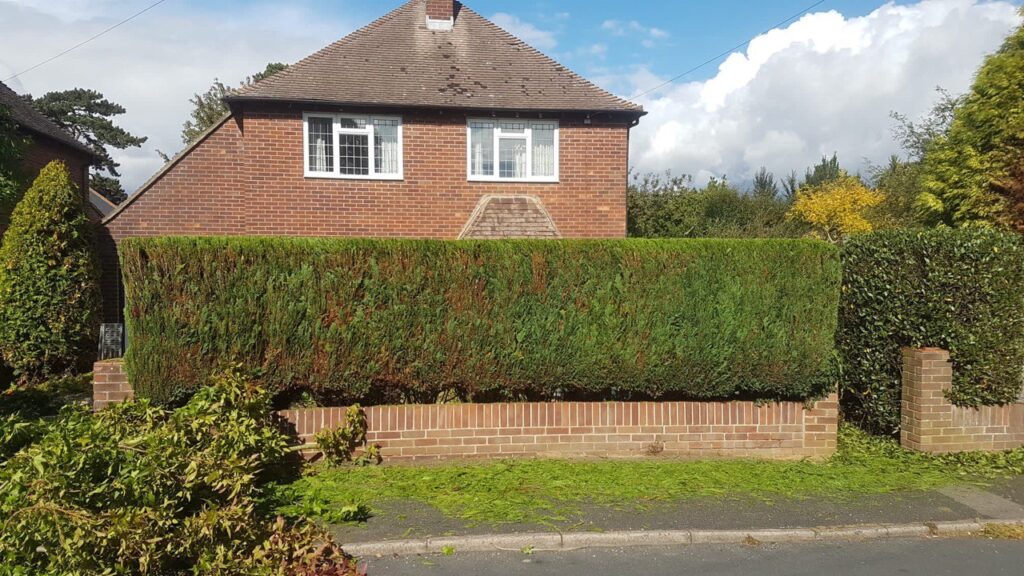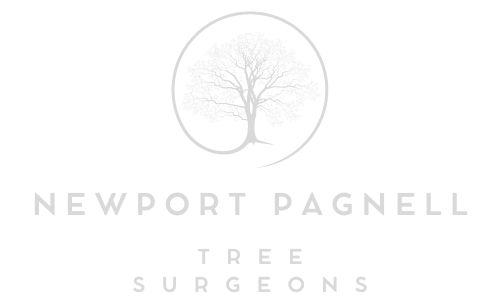Ensuring Arboreal Safety: The Role of Tree Crown Reduction in Comprehensive Tree Risk Assessments
In the dynamic landscape of urban forestry, ensuring trees’ safety is paramount to safeguarding both property and lives. Among the arsenal of tools available to arborists, tree risk assessments emerge as indispensable instruments for identifying and mitigating potential hazards posed by trees. Within this framework, tree crown reduction is a proactive strategy for managing risk while preserving our urban forests’ aesthetic and ecological value. Join us as we explore the symbiotic relationship between tree crown reduction and comprehensive tree risk assessments, unravelling how these practices converge to promote safety and sustainability in our green spaces.
Understanding Tree Risk Assessments:
Tree risk assessments represent a systematic approach to evaluating the structural integrity and potential hazards associated with trees in urban environments. Conducted by certified arborists, these assessments encompass visual inspections, structural evaluations, and risk categorisation to identify trees posing risks to property, infrastructure, or public safety. By assessing factors such as tree health, structural stability, and environmental conditions, arborists can develop targeted management strategies to mitigate risks and ensure the long-term viability of urban trees.
The Role of Tree Crown Reduction:
Amidst the complexities of tree risk assessments, tree crown reduction emerges as a proactive strategy for managing and mitigating potential hazards. Unlike traditional pruning methods focused solely on aesthetics, crown reduction prioritises structural integrity and hazard mitigation. By selectively reducing the size and density of a tree’s crown, arborists can alleviate stress on compromised branches, reduce the risk of limb failure, and enhance overall tree stability. This targeted approach mitigates immediate risks and promotes balanced growth and resilience in urban trees.
Implementing Tree Risk Assessments with Crown Reduction:
- Visual Inspection and Hazard Identification: Tree risk assessments begin with visual inspections conducted by qualified arborists. Arborists evaluate factors such as tree health, structural defects, proximity to targets, and environmental conditions to identify potential hazards. By documenting findings and categorising risks, including crown reduction, arborists can prioritise management actions to mitigate identified hazards.
- Targeted Crown Reduction: In cases where tree risk assessments identify structural weaknesses or potential hazards within the canopy, crown reduction offers a targeted solution. Arborists selectively reduce the size and density of the tree’s crown, focusing on removing hazardous branches while preserving the tree’s natural form and aesthetic appeal. This strategic approach minimises the risk of limb failure and enhances the tree’s stability and longevity.
- Monitoring and Maintenance: Tree risk assessments are dynamic processes that require ongoing monitoring and maintenance. Arborists revisit assessed trees periodically to evaluate changes in condition, growth patterns, or environmental factors that may impact risk levels. Regular maintenance, including pruning and crown reduction as necessary, ensures that trees remain safe and healthy within their urban context.
Conclusion: In the pursuit of urban forestry excellence, the integration of tree risk assessments and crown reduction techniques is essential for promoting safety, sustainability, and resilience in our green spaces. By conducting comprehensive assessments and implementing targeted management strategies, arborists can mitigate risks posed by urban trees while preserving their intrinsic value and beauty. As stewards of our urban forests, let us embrace the principles of safety and sustainability, ensuring that our trees continue to enrich and inspire future generations.
Call us on: 01908 103 982
Click here to find out more about Newport Pagnell Tree Surgeons
Click here to complete our contact form and see how we can help with your tree’s needs.

